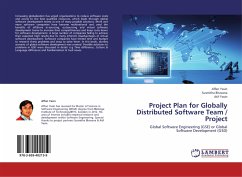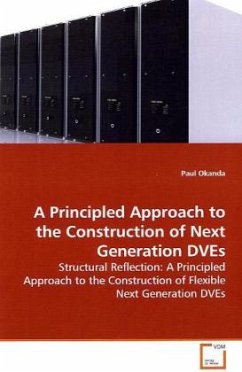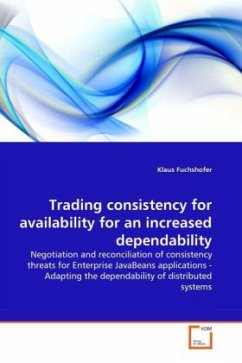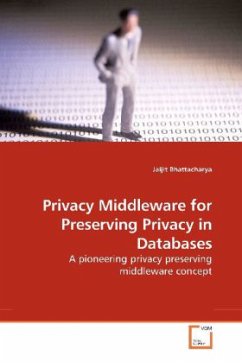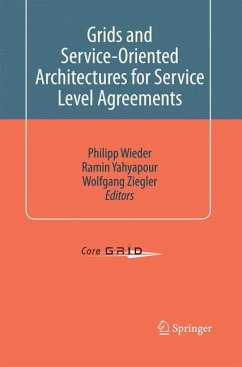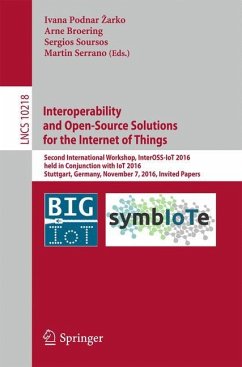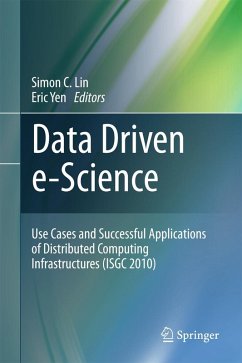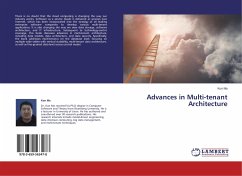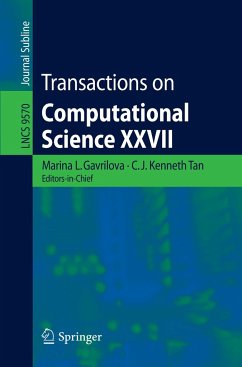
A Globally Distributed System for High Energy Physics Computation
Job, Data, and Information Handling for High-Energy Physics
Versandkostenfrei!
Versandfertig in 6-10 Tagen
52,99 €
inkl. MwSt.

PAYBACK Punkte
26 °P sammeln!
The computing infrastructures of the modernhigh-energy physics experiments need to address anunprecedented set of requirements. The collaborationsconsist of hundreds of members from dozens ofinstitutions around the world and the computing powernecessary to analyze the data produced surpassesalready the capabilities of any single computingcenter. A software infrastructure capable ofseamlessly integrating dozens of computing centersaround the world, enabling computing for a large anddynamical group of users, is of fundamentalimportance for the production of scientific results.Such a computing in...
The computing infrastructures of the modern
high-energy physics experiments need to address an
unprecedented set of requirements. The collaborations
consist of hundreds of members from dozens of
institutions around the world and the computing power
necessary to analyze the data produced surpasses
already the capabilities of any single computing
center. A software infrastructure capable of
seamlessly integrating dozens of computing centers
around the world, enabling computing for a large and
dynamical group of users, is of fundamental
importance for the production of scientific results.
Such a computing infrastructure is called a
computational grid.
The SAM-Grid offers a solution to these problems for
CDF and DZero, two of the largest high-energy physics
experiments in the world, running at Fermilab. The
SAM-Grid integrates standard grid middleware, such as
Condor-G and the Globus Toolkit, with software
developed at Fermilab, organizing the system in three
major components: data handling, job handling, and
information management. This dissertation presents
the challenges and the solutions provided in such a
computing infrastructure.
high-energy physics experiments need to address an
unprecedented set of requirements. The collaborations
consist of hundreds of members from dozens of
institutions around the world and the computing power
necessary to analyze the data produced surpasses
already the capabilities of any single computing
center. A software infrastructure capable of
seamlessly integrating dozens of computing centers
around the world, enabling computing for a large and
dynamical group of users, is of fundamental
importance for the production of scientific results.
Such a computing infrastructure is called a
computational grid.
The SAM-Grid offers a solution to these problems for
CDF and DZero, two of the largest high-energy physics
experiments in the world, running at Fermilab. The
SAM-Grid integrates standard grid middleware, such as
Condor-G and the Globus Toolkit, with software
developed at Fermilab, organizing the system in three
major components: data handling, job handling, and
information management. This dissertation presents
the challenges and the solutions provided in such a
computing infrastructure.



